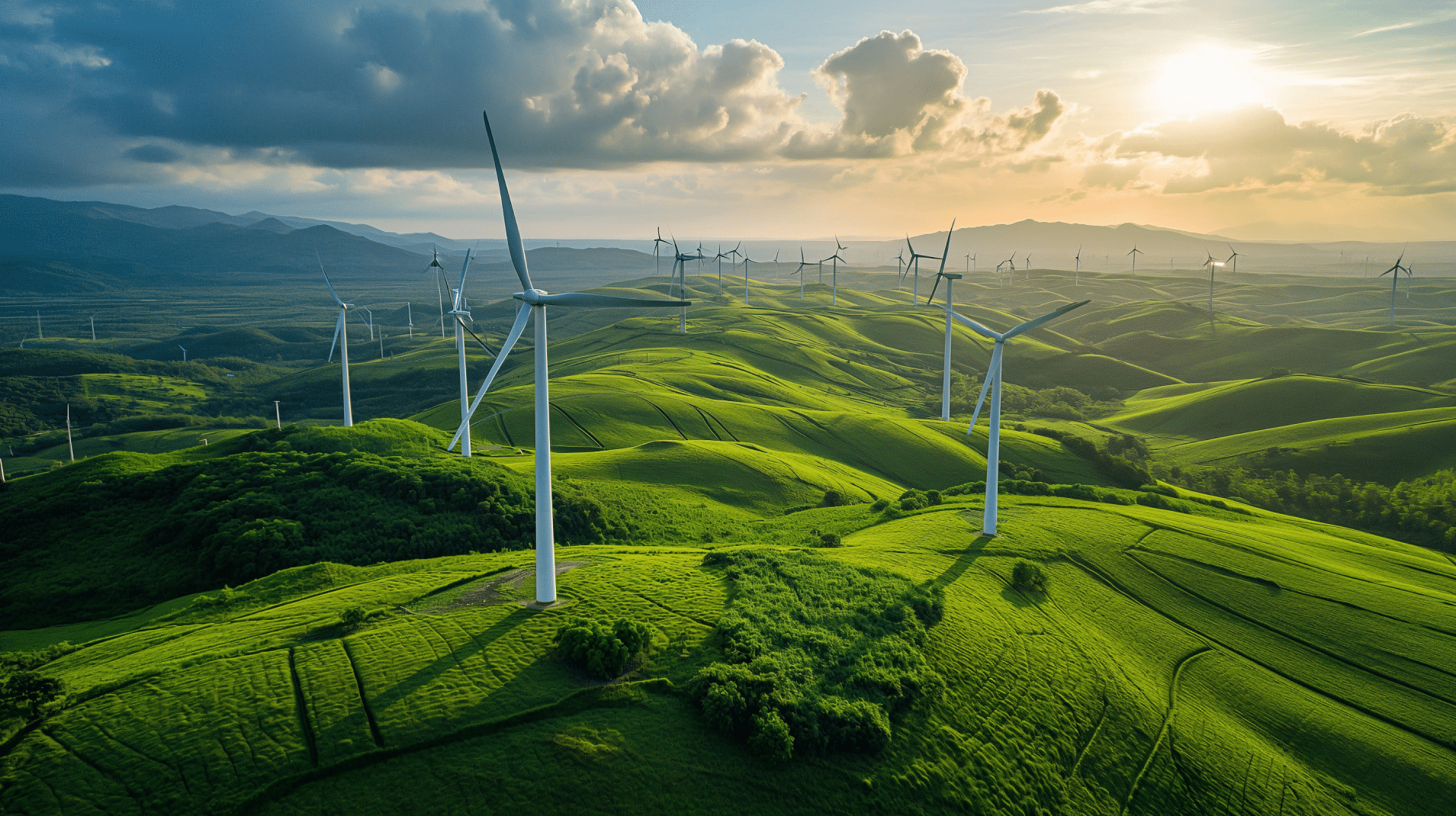Our approach
What we do to drive sustainability.
In an ideal world, packaging would be produced using manufacturing processes, and with materials, that wouldn’t hurt the planet.
Unfortunately, it’s not quite as simple as that. But we’re doing everything we can to make the scenario a reality. Because of this, our approach to sustainability is a straightforward one: it’s our top priority.
And it’s this focus that’s made us leaders in the field, even during Tyler’s earliest days. Our recyclable packaging lets us hold onto that position, offering an alternative to harmful paper, plastic and glass products, while reducing the negative effects these materials have on the environment.
-
Sticking to green legislation
Through anti-greenwashing directives, ERP and Mass Balance, Tyler can strengthen its passion for making sustainability the norm across packaging. -
More sustainable options
An everlasting source of packaging material, our recyclable products can be used and re-used, over and over again. -
PSC Membership
A founding donor of the PSC packaging pledge, we’re committed to packaging that’s 100% recyclable, refillable or compostable by 2025. -
Continuous development
To speed up the way we innovate, we’re always listening to our customers needs and requests. This enables us to deliver great solutions commercially at speed.
Technology
Turning your packaging into a future raw material that lasts and lasts.
Talk to us30% Recycled content
To create more demand for recycled plastic, and to maintain our commitment to the circular economy, we’ve developed a range of materials that can include up to 30% recycled plastics from both pre- and post-consumer recyclate.
30% Bio-based material
A truly sustainable solution derived from sugarcane production, our polyethylene resin eliminates the need for traditional polymer ones. This makes a significant contribution to the reduction of greenhouse gas emissions throughout the chain.
Benefits
Switching to Tyler’s recyclable products makes a huge difference to the world around us. Here’s how you could help the planet.
Less water use
Going recyclable could contribute to 20% less water use for every 1 million of our products.
Save trees
Switching to our recyclable range has the potential to save 1,084 trees grown from seedlings over the past 10 years.
Reduced shower use
Clients using our recyclable products may help to save the equivalent of 1,017 people showering daily for a year.
Less exhaust emissions
1 million recyclable bags could save the equivalent of 8 passenger vehicles driven yearly.
More water saved
Businesses who use our recyclable packaging may help save the equivalent of 9 Olympic-sized swimming pools.
Fewer miles
Making the move to recyclable might help save the same as 102,557 miles driven by passenger vehicles each year…
Recycled content
…And with packaging made with 30% recycled content, this number could increase to 197,773 miles!
Product Lifecycle
Our recyclable products follow a cradle-to-cradle solution, a journey that lets the range be used, recycled and re-used again.
Cradle to Cradle
Creating a fully cyclical, everlasting resource from our packaging.
Cradle to Grave
Returning products back to nature after they’ve been used.
Cradle to Gate
Optimising operational processes ahead of transport.
Mass Balance
We tend to take the recycled claims found on product packaging at face value. Unfortunately, such packaging might actually contain little in the way of recycled content. Mass Balance can fully clarify these claims.
- At the beginning of production, used plastic is broken down into molecules. These can then be used on their own, or mixed with raw materials.
- During manufacturing, the two elements mix and become indistinguishable, ready to be turned into containers for food, medicine and more.
- The approach lets companies keep track and make clear the use of materials taken from advanced recycling across their products.
- They can then contribute to a circular ecosystem, reducing doubt around recycled content amounts.
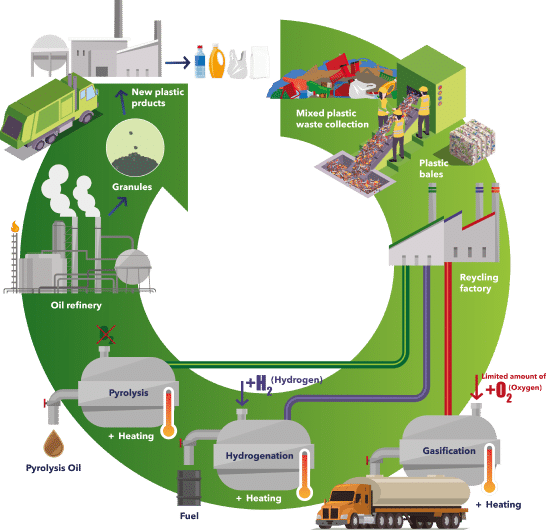
Combating misleading green claims
Suspect sustainability distracts us from real climate crisis issues. As a PSC member, highlighting the problem with greenwashing is essential.
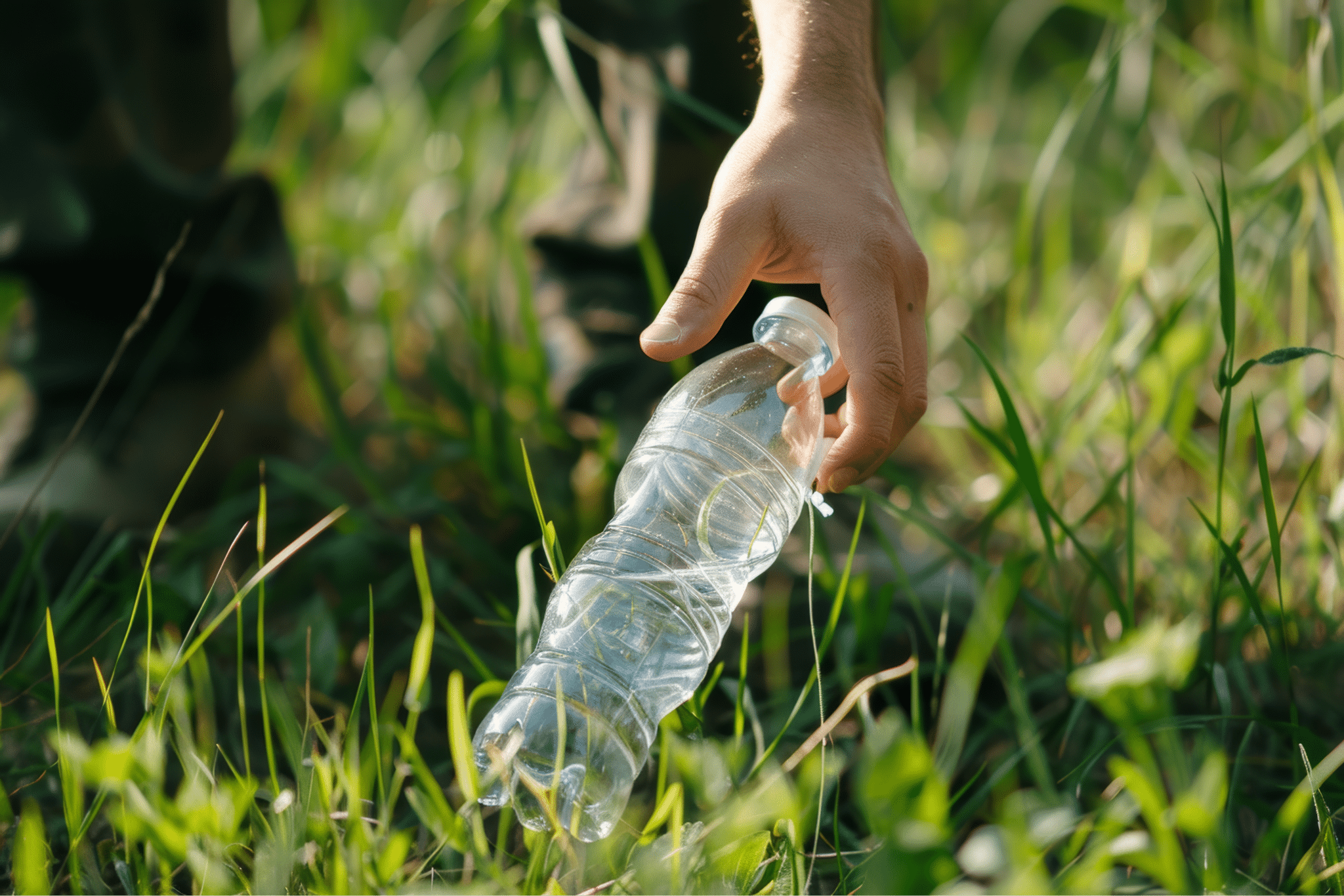
Anti-Greenwashing Directives
Legislation like the UK Green Claims Code and the Empowering Consumers to Green Transition Directive (ECGT) aims to increase the accuracy of terms relating to sustainability and ban unsubstantiated green claims.
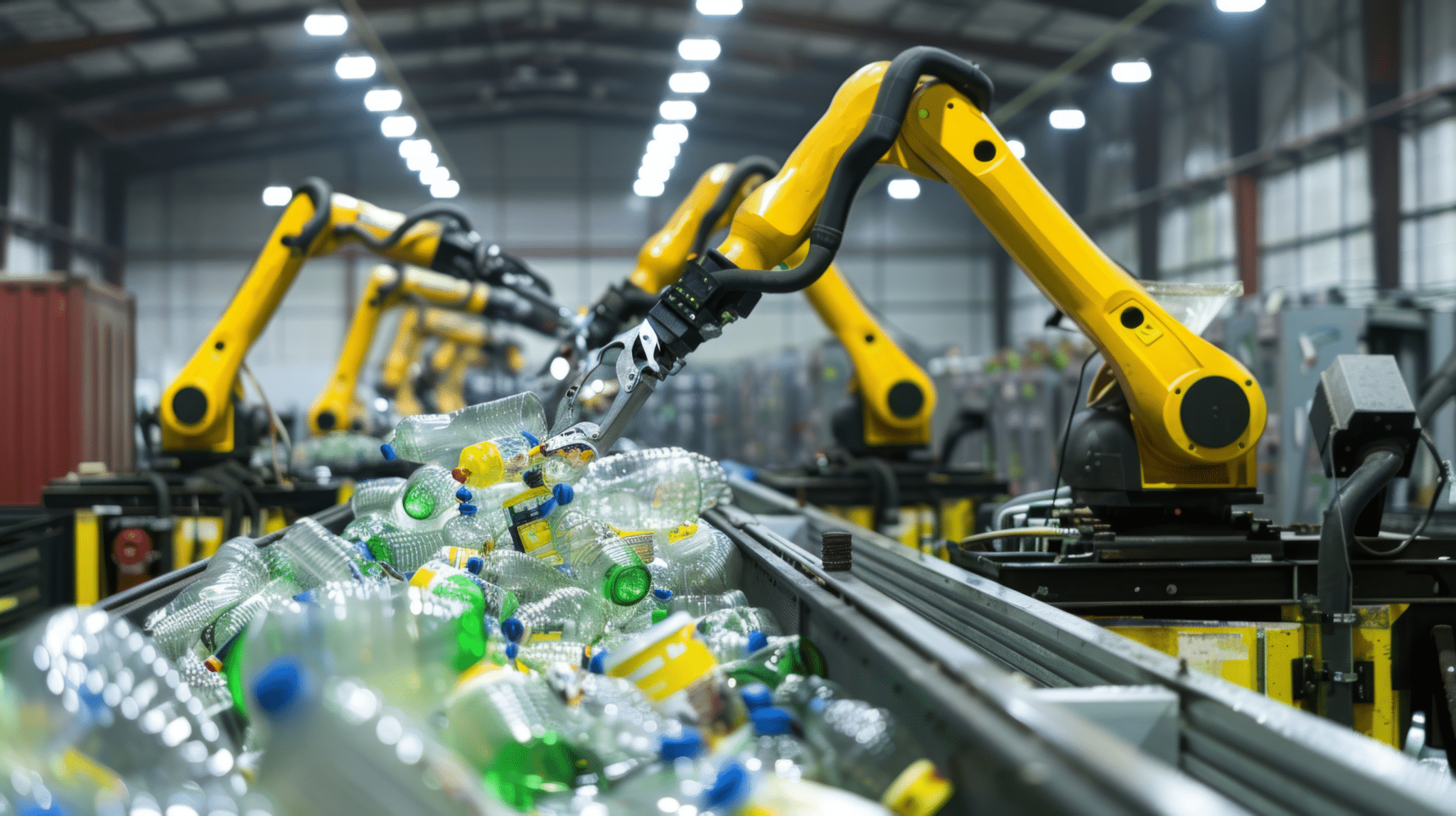
What does this mean for you?
- Greater accuracy and transparency
- Increased compliance with eco-friendly certifications
- Avoiding penalties for non-compliance
Extended Producer Responsibility
A policy designed to ease the financial burden of waste management across businesses.
Extended Producer Responsibility (EPR) and Plastic Packaging Taxes
If you use our products, you’ll be required to pay taxes on the packaging itself. Instead of this being taxpayers’ and local governments’ responsibility, businesses will have to cover the costs of their packaging’s collection, recycling and disposal.
UN Sustainable Development Goals (SDGs)
The 2030 Agenda for Sustainable Development, adopted by all UN Member States in 2015, provides a shared blueprint for peace and prosperity for people and the planet, now and into the future. At its heart are the 17 Sustainable Development Goals (SDGs). Here is our progress so far on our priority 7.
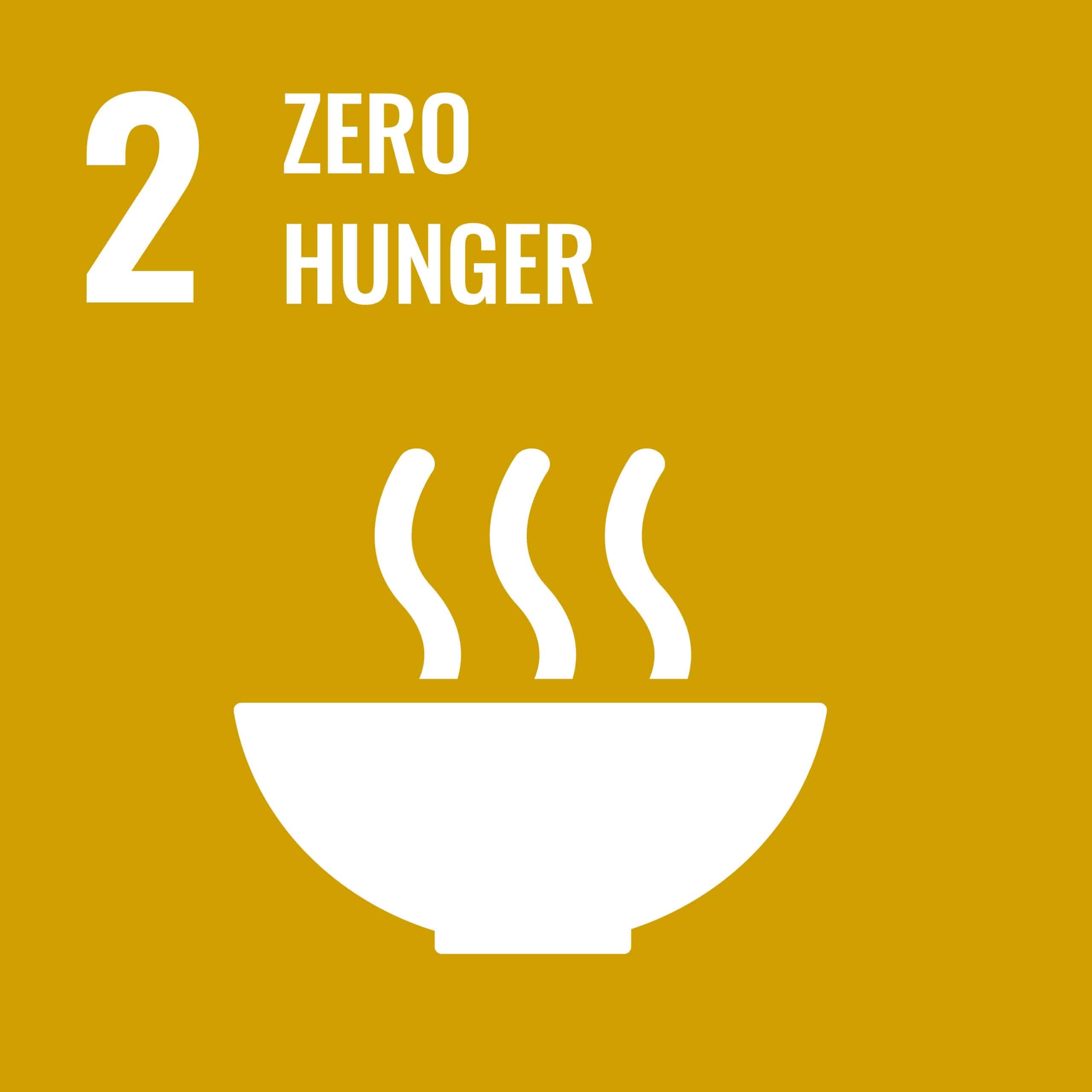
Zero Hunger – 44.4%
End hunger, achieve food security and improved nutrition and promote sustainable agriculture
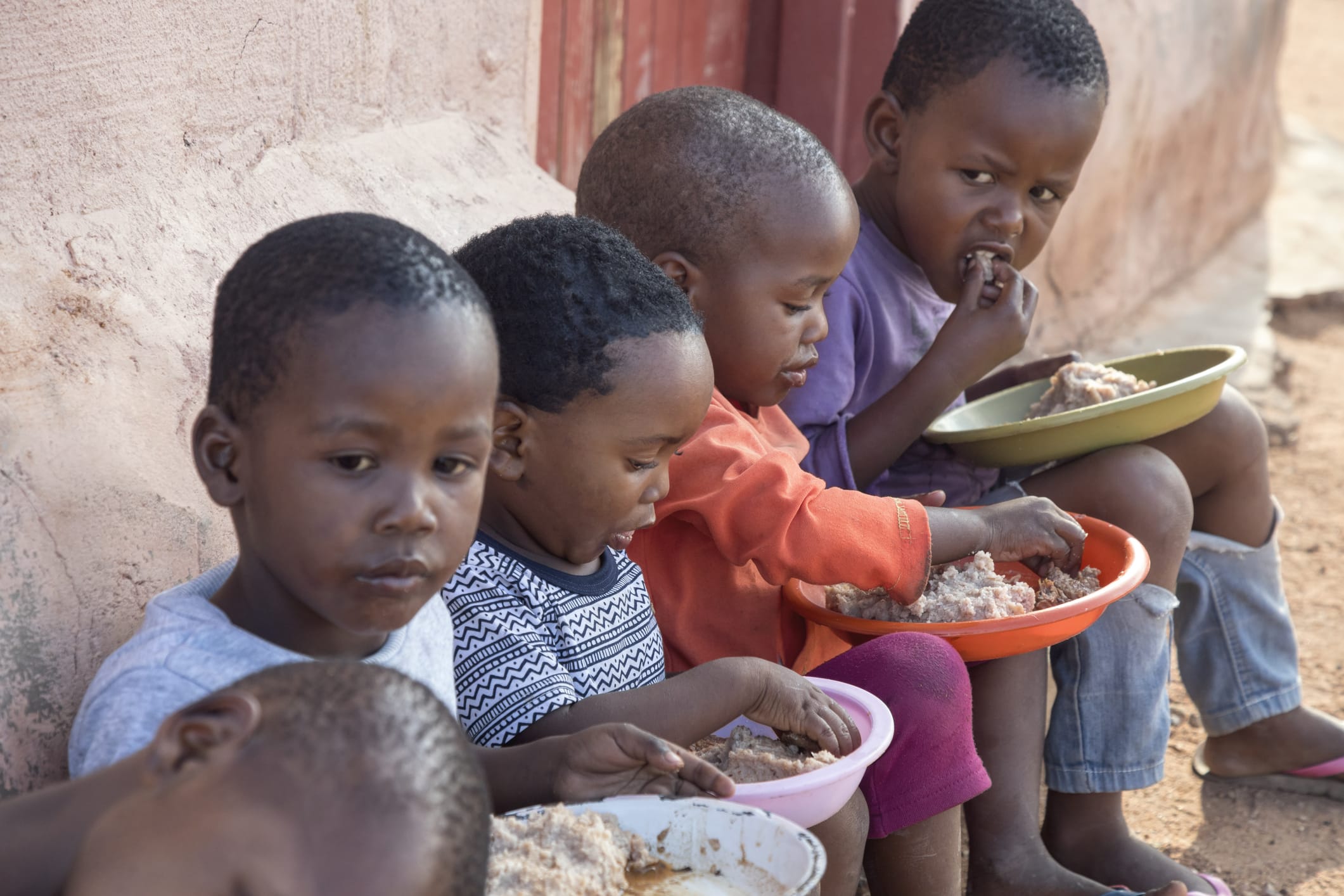
Your recyclable questions answered
Still want to ask us something?
Fill in the form belowCurrently not all local authorities collect (only 17.6%) so they need to be taken to larger stores and recycled with carrier bags, but this will change with implementation of Extended Producer Responsibility (EPR).
You can tell by the logo’s on pack.
We can design products suitable for mail order, or full container shipping.
We have been approved by the Independent Certification of Recyclability scheme. All of our recyclable structures are independently certified.
EVOH stands for Ethylene-Vinyl Alcohol thermoplastic copolymer. It is used within food packaging because of its gas barrier properties.
Accreditations and Memberships
Held to rigorous industry standards, our pouches are built to perform to the highest levels.
















CONTACT
Discover your packaging possibilities. Get in touch.
How can we help out? Fill in the form here and we’ll get back to you with more insights and info.
